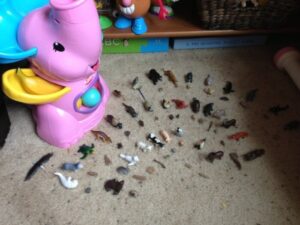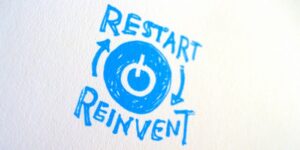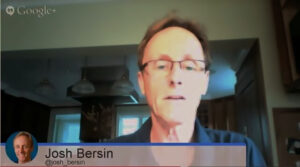Happy Interdependence Day
I used to love that little Volkswagen Bug, the little Love Bug named Herbie that many early Gen Xers like me remember vividly. Herbie, the
I used to love that little Volkswagen Bug, the little Love Bug named Herbie that many early Gen Xers like me remember vividly. Herbie, the

Bersin by Deloitte recently released their 2014 Corporate Learning Factbook, and revealed that corporate training is in huge demand right now, and it is only

“You got up, and you did something. And if trying to find a way when you don’t even know you can get there isn’t a

The balance of power is shifting in the employer/employee relationship. What does it mean for the future of work? The #TChat crowd weighs in

The balance of power is shifting in the employer/employee relationship. What does it mean for the future of work? The #TChat crowd weighs in

The balance of power is shifting in the employer/employee relationship. What does it mean for the future of work? The #TChat crowd weighs in

The balance of power is shifting in the employer/employee relationship. What does it mean for the future of work? The #TChat crowd weighs in

“The war for talent is over, and the talent won.” What’s behind this revolution? Let’s discuss this week at #TChat events with talent management analyst, Josh Bersin

How can leaders revitalize business cultures? Symbols may not seem essential, but let’s take a closer look

Why is this “The Year of Big Data” in HR? And what will it take for HR decision makers to gain business value from a rapidly rising tide of data? Our community takes a closer look…
How can organization’s leverage human capital management practices and technologies in today’s world of work? Enterprise talent expert Josh Bersin helped us look look closer at this issue…
When organizations make learning a cultural imperative, it can lead to a sustainable business advantage. But that’s easier said than done. Talent management expert Josh Bersin leads the #TChat conversation this week…
Today’s workforce has been rocked with massive changes. Job security is nonexistent, contingent workforce has ballooned, and among remaining employees, engagement has tanked. Does the rise of a free agent nation mean stronger relationships with employers?